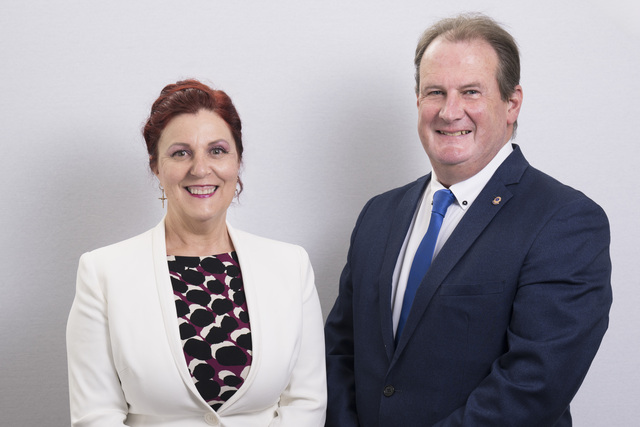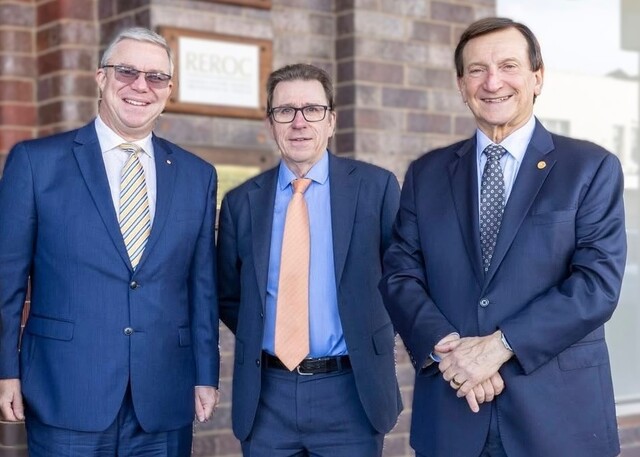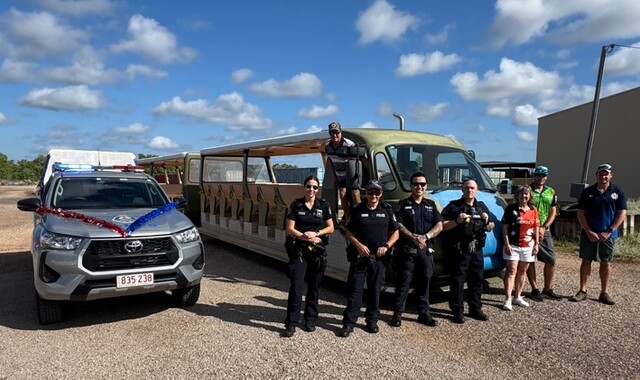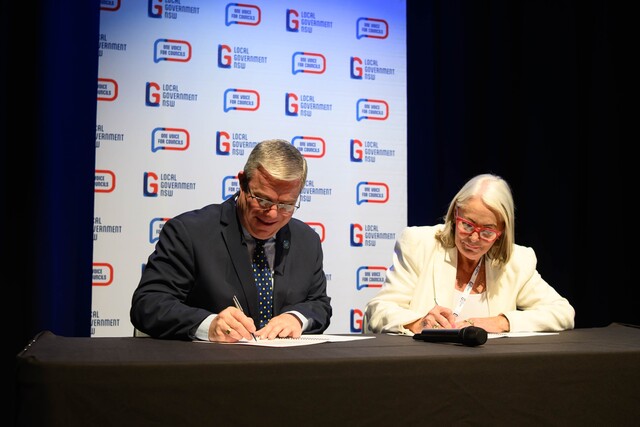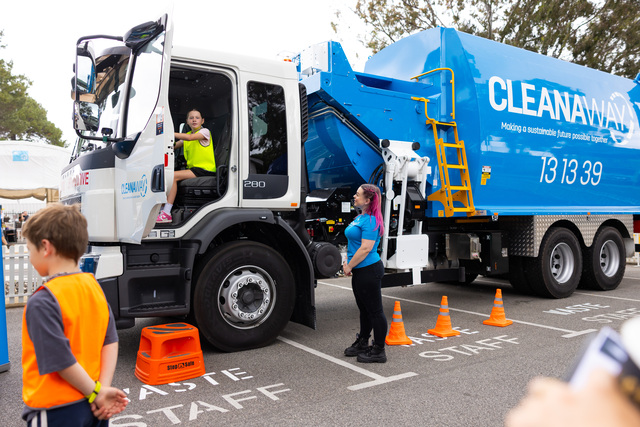It was a smart decision by the feds last month to create a regional hub and spoke arrangement at the Australian Maritime Safety Authority (AMSA).
The new-look AMSA involves around 50 staff at a regional headquarters in Coffs Harbour, and 19 staff scattered around Airlie Beach, Hobart, Cairns, Gladstone, Mackay, Darwin, Geraldton, Karratha and Port Hedland.
At a rough guess, this would complement 100 AMSA staff already outside Canberra and 350 at the flash Canberra headquarters on Northbourne Avenue.
The AMSA relocation decision is smart for two reasons.
First it’s measured, in contrast to Barnaby Joyce’s holus bolus relocation of the pests and veterinarian products authority (APVMA) to Armidale.
Secondly it aligns with the competitive advantages of the regions involved and creates a collaborative framework – and these are traits of good regional development practice.
Local councils wanting to attract federal staff might especially reflect on their competitive advantages in a hub and spoke context because it’s also a more likely option than a big one-off win like the APVMA Armidale example.
Let’s tease out the opportunities in reference to Karratha and Port Hedland which are spokes in the AMSA context.
These towns are critical key parts of the minerals economy, and cyclones and maritime disasters are common in this region. It thus makes sense to have an AMSA spoke there.
But there’s more. The whole region has potential environmental management, defence and border control hot spots.
So there may be scope to co-locate other federal state staff there as well as state and local expertise. And these towns largely exist for mining companies, so some of their functions could operate out of the spoke e.g. environmental managers, security staff.
The knockers will argue that staff will be bored stiff and down at the pub by early afternoon. But hey we’re in the 21st century now – a spoke could create both a vibe and be an exemplar of how federal, state and local agencies and the private can collaborate. They’re far enough away from Canberra to avoid the political patch protection.
And regional hubs and spokes would be great places for some real world experience. The problem is that Canberra bureaucrats are increasingly born and bred here. A drive to Yass or Bateman’s Bay is their regional experience. A couple of years living and working in the Pilbara or Kimberleys would give bureaucrats the ‘evidence-based’ knowledge that the policy wonks talk about these days.
Wider possibilities
Regional hubs and spokes also make sense in other contexts and regions.
The Defence portfolio has vast personnel that don’t need to be in Canberra. But a good strategic case to relocate has to be made.
In this regard, places like Adelaide, Newcastle, Darwin and Townsville have the basic infrastructure to expand as hubs or stronger spokes. Other federal agencies could possibly relocate some functions to derive co-location benefits viz. immigration and border control, cyberspace research.
The Department of Health has 18 agencies under its umbrella. Total staffing is around 5,000, of which 4,000 are in Canberra.
It’s hard to understand the synergies to justify this Canberra-centric situation especially when 98 percent of the clients aren’t here. Some investigation is warranted.
A La Trobe Valley engineering hub?
Hubs and spokes are arguably better if they don’t depend on government personnel. A good example is the Latrobe Valley – it could be one of Australia’s foremost heavy engineering hubs with a stroke of a pen.
The rationale is that coal generation in the Latrobe Valley will continue in some form, and the region has vast industrial parks, a workforce with strong engineering skills and low-cost housing.
The stunning mandate delivered to the Andrews Government in last month’s Victorian election was partly built on a commitment to regional development. This provides a fresh opportunity to introduce energy tariffs to Latrobe Valley customers that reflect their true competitive advantage.
This would surely trigger company decisions to move out of Melbourne to a strengthening engineering hub. This is tricky now that the power generators and retailers have been privatised, but there are still public policy levers. In any case, the institutional investors that own a fair share of the energy assets have the funds to invest in engineering pursuits that would profit from lower energy costs.
The interesting question is what other power stations are not delivering lower energy prices to local customers.
Communicating politicians
I was watching the Trade Minister Simon Birmingham on the ABC Insiders program recently, and he couldn’t hold my attention for my than 30 seconds. Now he seems a nice bloke, hails from Gawler, has an MBA and is obviously clued up.
Then it dawned on me. He has mastered his Departmental and Party policy briefs and then trots it out like a teleprinter. He obviously feels safe sticking to the party line. He doesn’t need to think off the top of his head.
His colleague Cormann is the master, and Morrison, Frydenberg and O’Dwyer aren’t far behind. On the Labor side, Chalmers, Butler and Burke are also culprits of policy spin.
So who are the good communicators? Matter of personal opinion, but to my mind Pyne and Dutton are good communicators because they’re thinking aloud and often provide original insights. They’re matched on the Labor side by Wong, Albanese and Plibersek. And Hinch is a pro.
The classic of course was Paul Keating – he’d look down his nose and get that mischievous look, then launch forth with an anecdote or homily.
Rod Brown is a Canberra-based consultant and lobbyist specialising in industry/regional development, investment attraction and clusters, and accessing federal grants. He also runs the Cockatoo Network.
Phone: (02) 6231 7261 or 0412 922 559
Email: apdcockatoo[@]iprimus.com.au


